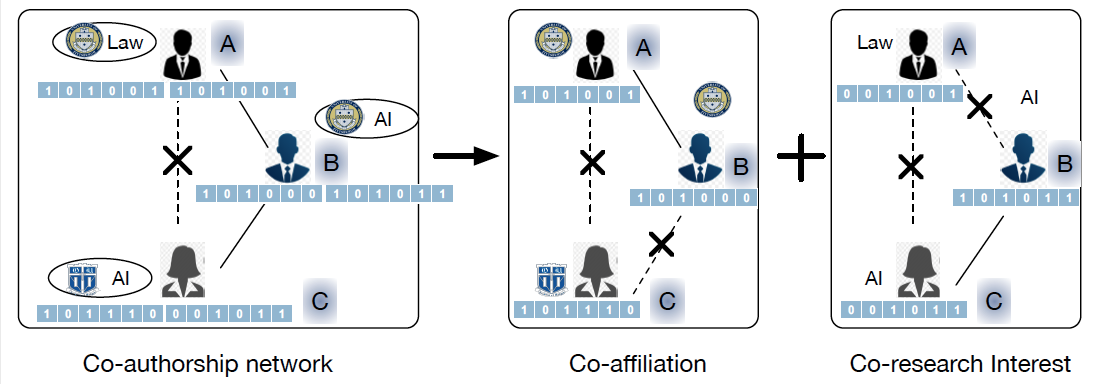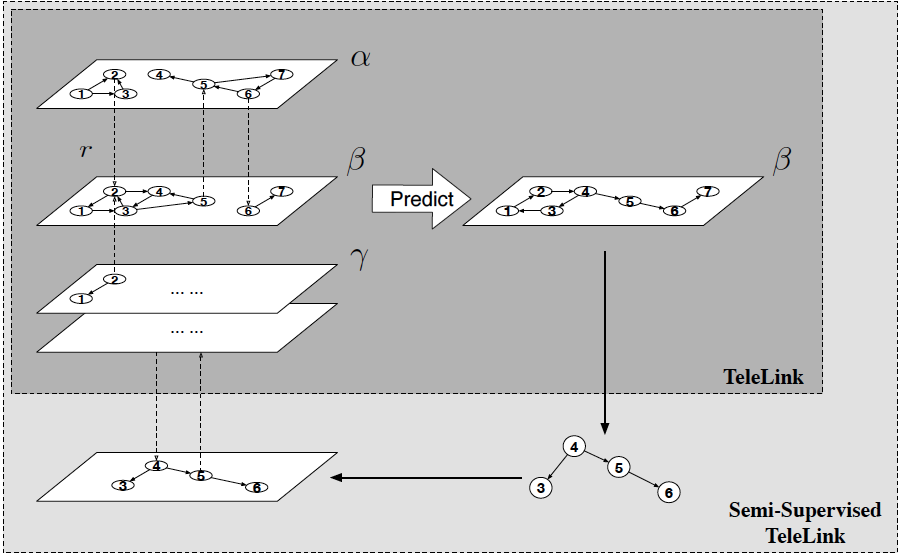Current Projects

Social media has become central to the public's response to terrorism. From the transmission of breaking news, to the offering of social support, to the dissemination of radical, hateful messages, people increasingly turn to social media to both share and gain understandings of terrorist events. This project utilizes the social media data to investigate the reactions of individuals located in Paris during the November 2015 attacks. It analyzes both their immediate social and emotional reactions to the attacks as well as longer-term changes in their communication behavior. The investigation focuses on three questions. First, in immediate response to the attacks, how, and how effectively, did improvised logistical communications, such as the use of the #PorteOuverte hashtag offering shelter to strangers, emerge in the chaotic and emotional context of the attack aftermath. Second, what effect did attention by individuals to different aspects of the attack, such as particular news stories, the role of different ethnic groups, or other salient aspects of social media discussion after the attacks influence their longer term attitudes toward the threat of terrorism. Third, how and to what extent did government authorities and professional news outlets sway this public attention both broadly and for specific social communities. This research outcome will both improve responses to specific terrorist attacks as well as enhance public understanding of the specific means through which terrorism wields social influence. The work is in part supported by an NSF award.
Previous Projects

Link prediction is crucial in various real world applications such as social network analysis and recommendation systems. For example, in social networks, where social actors and their ties (friendship or collaboration) are represented as nodes and links, link prediction can help anticipate future social tie formation. This problem has generally been tackled through computing a "similarity" -- measured through graph topological structure or various node attributes and relationships among them (e.g. researcher's affiliation or research interest). However, when considering multiple relationships, existing link prediction methods often ignored that similarities across different relationships may be "non-transitive", i.e., they are not necessarily consistent with each other. we develop a semi-supervised link prediction method via a Multi-Component Hashing framework. We derive multiple hashing tables for nodes in a network with each hash table corresponding to a particular type of non-transitive similarity aspect such as prior collaboration experience or topical interest. New links are predicted based on whether nodes are closer in the hashing tables.

Given a network where the same set of nodes have multiple types of relationships, how do we efficiently predict potential links in the future (e.g., interactions between social actors), and how do we predict links using information from other relationships? These problems have been widely studied recently, most of the existing methods either aggregate multiple types of relationships into a single network or consider them separately and ignore the correlations across relationships, leading to information loss. In this project, we present TeleLink, a general link prediction model that works for networks with single and multiple relationships. TeleLink predicts potential links based on community detection and improves link prediction by bringing in a cohesive structure across multiple networks constructed by different relationships or node attributes. Our extensive experiments showed that our method outperforms existing methods in predicting new links. Specifically, among the various datasets that we study, we achieve a precision improvement by up to 110% compared to the baselines.